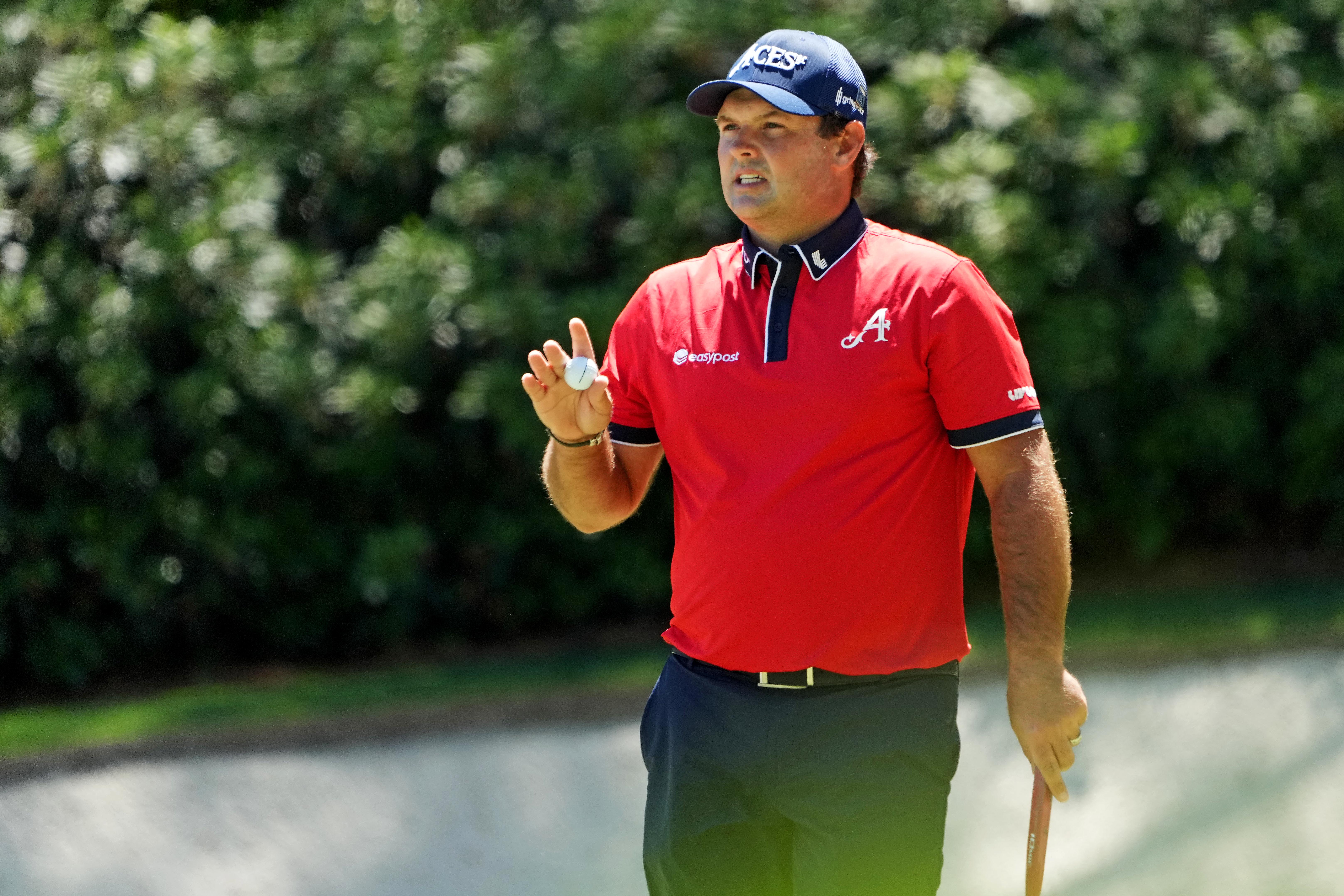AUGUSTA, Ga. — The Masters is the standard by which every other tournament in golf (major or minor) is judged, but since every other tournament (major or minor) is invariably found wanting when measured against that standard, it is of dubious merit as a canonical reference point.
No other event equals the Masters in execution, in attention to detail, in spending for quality, in leaving revenue on the table to preserve quality, in trophy ticket status, in peach ice cream sandwiches. There may be four majors, but no one is in any doubt about which is first among equals. Perhaps that’s why the Masters has always revealed most about the current and looming state of the game, for better or worse.
For too long it exemplified the ugly exclusion that defined so much of golf’s ignoble history. Today, it’s closer to being the leading edge of inclusion, with the Augusta National Women’s Amateur and the Drive, Chip and Putt as preamble, and spots in the field for winners at the club-created Latin America and Asia-Pacific Amateurs. It’s where magnificent course architecture was most obviously compromised by distance gains, and will be where posturing about a rollback will end. It’s where the eventual tidal wave of European Ryder Cup dominance first lapped ashore with victories by Ballesteros, then Langer, then Lyle, then Faldo, then Woosnam, then Olazabal.
This 89th Masters is again serving as a canary in golf’s coal mine, this time by highlighting what is missing. Which is friction, villainy, antagonism, jerks.
Wry observers and social media commandoes will say there’s plenty of the above, but what matters is where it manifests. The PGA Tour’s boardroom is fertile terrain, for example, but behind-the-scenes bickering isn’t core to the product. Inside the ropes, men’s professional golf has become a drama lacking compelling characters. In a sport that we’re told is struggling, an astonishing number of people are actually getting better off — players, agents, executives, bot farmers. Only the fans are making do with less. A lot less.
Only one LIV player has been competitively relevant so far at Augusta National, but competitiveness is immaterial to entertainment and engagement. Bryson DeChambeau ranks among the most polarizing players the sport has ever produced, simultaneously admirable in his devotion to the craft, endearing (almost) in his absence of self-awareness, and exasperating in his buffoonery. His presence is additive to the proceedings. His presence on the leaderboard is a bonus.
The same applies to Patrick Reed, who has taken a break this week from legal combat. And to Brooks Koepka, softened some by fatherhood but still exuding a carefully cultivated air of pouty menace. Even to Sergio Garcia. Last week he posted to social media a photo with LIV guys and a caption stating, “We’re coming for that green jacket,” only to find himself closer to a straitjacket after finishing the second round bogey-bogey-bogey-double bogey to miss the cut by one.
Purists will point out that none of the above have much impacted the tournament this week, but then neither have Rory McIlroy, Jordan Spieth, Justin Thomas, Rickie Fowler or a host of other stars upon whom the PGA Tour seems to be staking its business. Point being, this Masters is improved by the presence of all of them and would be lesser for the absence of any of them.
The feast of personalities served up at Augusta National — whether loved or loathed — is a wistful reminder of how insubstantial the regular daily diet is. The PGA Tour is diminished without a handful of those who jumped to LIV, and LIV guys are bush-leagued on a platform whose broadcasts are so little-watched as to be almost confidential. The menu being served fans right now is too vanilla-forward and desperately in need of more flavor, even if some of it might turn tender stomachs.
The solution is obvious: have all players compete together more often. The journey to that is complicated.
It demands a deal between the PGA Tour and the Saudi Arabian Public Investment Fund on a future landscape. It requires the Tour’s membership to agree terms under which LIV players might rejoin. It assumes LIV guys want to play more for unguaranteed cash against sharper competition. It needs a balancing of existing lucrative commitments to sponsors and media partners. It necessitates agreement on a schedule, a team component, a compensation model that makes sense to investors rather than just to players.
None of that will be easily attained, which means that for a few years (at best), golf is consigned to being tennis — built around four tournaments annually where everyone who matters shows up and which galvanize fan interest, while the remainder of the calendar hosts a diluted and splintered product that only hardcore fans engage with.
Because the Masters venerates and enforces the credo of Bobby Jones — gentlemanly competition — it isn’t an ideal forum to experience the two fundamental pillars of sports fandom: love/hate. We adore favorites and abhor others. That’s not a sentiment many in golf are eager to embrace, dismissing it as vulgar and more befitting team sports or WWE theatrics.
There are plenty of golfers to love on the PGA Tour, and plenty to hate on LIV. But not enough of both on either circuit. That’s the disservice being done to golf fans and it needs to be resolved, whenever the loved and the loathsome eventually stop moaning about money.
Because no matter how uneasily this reality sits with more courteous golfers, there are many fans who would derive more enjoyment from watching Patrick Reed or Bryson DeChambeau make a quad on the final hole to lose by one than from watching Tiger Woods or Scottie Scheffler win. Hopefully some day they’ll again have the potential for either outcome more than four times a year.

